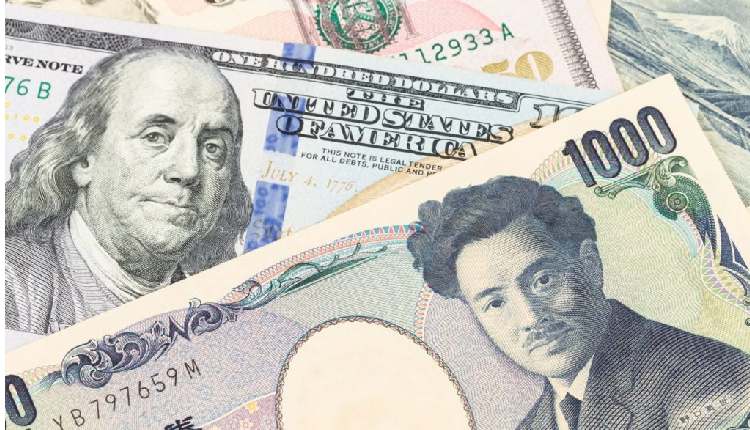
- Uncategorized
Yen jumps, dollar under pressure
Do you want to know how to make money from this?
Register for free and get expert advice, access to a training course and webinars.
Key points:
- The US dollar is showing a general downward trend against other currencies, especially the Japanese yen.
- Investors are interpreting the Fed’s latest statements as a signal of looser monetary policy ahead.
- The yen has strengthened significantly against the dollar amid the latter’s weakening and the Bank of Japan’s tightening policy.
Monday was marked by a general trend of weakening of the US dollar, especially expressed in its fall against the Japanese yen. The reason for this dynamic was that investors interpreted the published minutes of the July Federal Reserve meeting, as well as the upcoming speech of the Fed Chairman Jerome Powell in Jackson Hole, as evidence of a softer, dovish monetary policy. This led to a revision of market expectations regarding the future actions of the regulator and, as a result, to a weakening of the American currency.
Yen strengthens on BoJ actions
The U.S. dollar weakened significantly against the Japanese yen, falling more than 1% to 146.01 yen per dollar. The USD/JPY pair had previously fallen below 146 yen.
Analysts attribute the significant drop in the U.S. currency to the general trend of the dollar weakening in global markets, as well as to the growing gap in monetary policy between the U.S. and Japan.
BoJ Governor Kazuo Ueda is expected to testify in parliament on Friday, where he is expected to comment on the central bank’s decision to raise interest rates last month.
The BOJ’s hawkish turn in late July triggered significant market turbulence in early August. A massive outflow of capital from yen-denominated carry trades led to a sharp sell-off in risk assets and a collapse in stock indexes, including Japan’s Nikkei.
Dollar falls as Fed may cut rates
The currency’s movements this week will likely be driven by the minutes scheduled for release on Wednesday and Powell’s speech on Friday. Inflation data from Canada and Japan is also expected, as well as purchasing managers’ indexes from the US, eurozone and the UK. Volatility has been heightened by weaker-than-expected economic data from the US, including the employment report for July. This has raised concerns among investors that the world’s largest economy could be heading for a recession, while the Federal Reserve is in no hurry to cut interest rates. As a result, the dollar hit a seven-month low of 102.11 against a basket of currencies.
Traders have fully priced in a 25 basis point Fed rate cut in September, with a 50 basis point cut estimated at 24.5%. Futures contracts suggest a rate cut of more than 90 basis points by the end of the year. Meanwhile, the euro hit $1.1043, approaching a seven-month high of $1.10475 set last week. Sterling rose to a one-month high of $1.2960 during the session before settling at $1.2957.
The Australian and New Zealand dollars also hit one-month highs of $0.6694 and $0.6086, respectively, amid rising expectations of a dovish Fed policy. The Australian dollar was further supported by the diminishing likelihood of an imminent rate cut in Australia after Reserve Bank of Australia Governor Michelle Bullock said on Friday that it was too early to talk about easing.
Do you want to know
How to make money from the news
Register for free and get:
- Expert consultation;
- Access to the training course;
- Opportunity to participate in webinars

